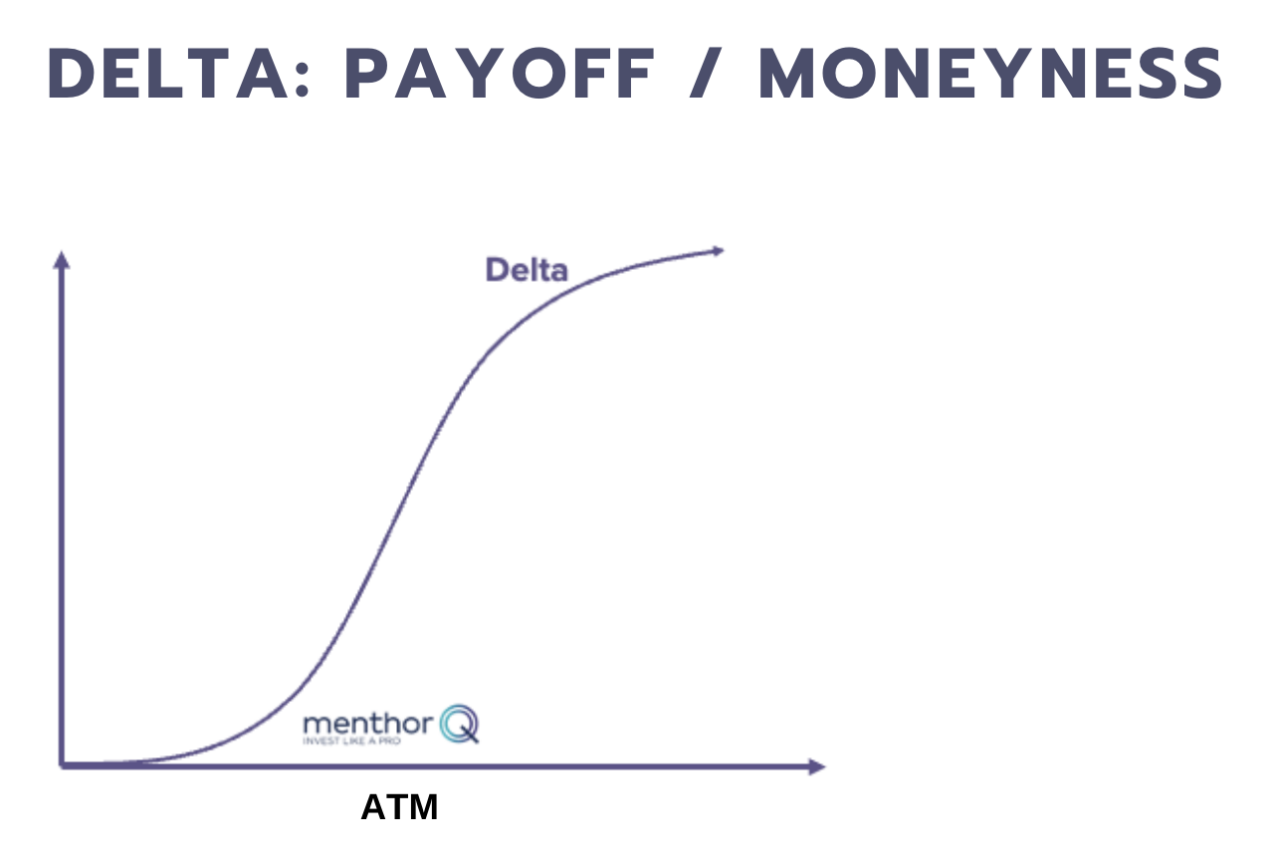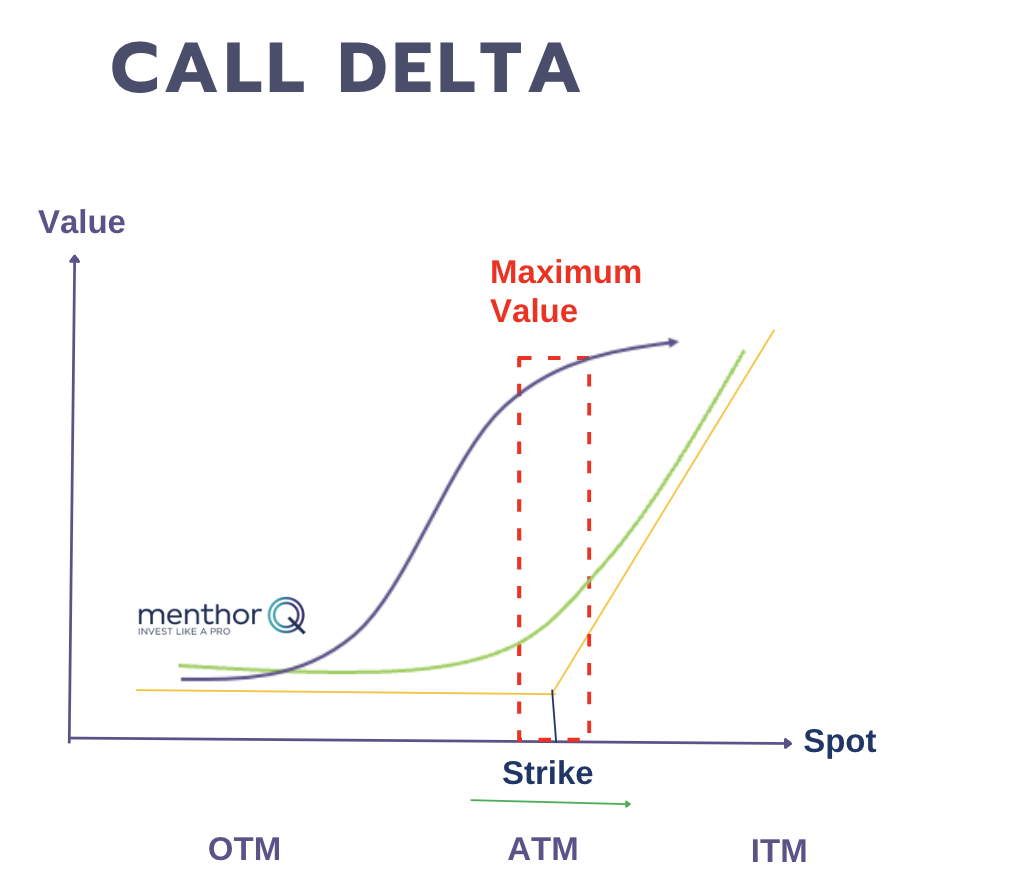Delta Hedging

Delta Hedging is a risk management strategy commonly used in options trading to offset or minimize the directional risk associated with an options position.
It involves adjusting the position by buying or selling the underlying asset (usually a stock or an index) to ensure that the net delta of the options and the underlying asset positions is close to zero.
When we look at Delta Hedging we are typically interested in the Delta Hedging Activity of Market Makers in the Options Market.
Market makers hedge their positions to manage and mitigate the risks associated with providing liquidity and facilitating trading. Market making involves constantly quoting bid and ask prices for various financial instruments, such as stocks, options, futures, and other derivatives.
Market makers earn profits from the bid-ask spread and do not take a directional position. However, they face several risks such as price, execution, market direction, volatility, and capital management risks. Delta hedging helps them manage risk.
Why should we care about Delta Hedging?
The Market Makers Delta Hedging activity is key to the financial market for several reasons:
- Liquidity. Delta hedging helps market makers to ensure they can fulfill their obligations to buy and sell the stock and continue to provide prices and liquidity to the market.
- Price Efficiency. Delta hedging helps ensure that market maker quotes closely reflect the current fair market value of the underlying asset. If market makers didn’t hedge their delta exposures, they might have significant directional risk, which could lead to wider bid-ask spreads or less competitive prices for investors
- Market Stability. Delta hedging contributes to overall market stability. Market makers’ ability to provide continuous liquidity helps prevent excessive price volatility and sudden market disruptions.
Before jumping into what delta hedging is, we need to first understand what delta is.
Delta
Delta is a Greek letter used in options to represent the sensitivity of an option’s price to changes in the price of the underlying asset. It ranges from -1 to 1 for put options and 0 to 1 for call options. A delta of 0.5 means the option’s price will move by approximately half of the movement in the underlying asset.
We can visualize Delta as follows:
- Calls: we know that for calls delta is positive as it moves from out of the money to in the money.
- Puts: the opposite is true for put delta which is negative as it moves from out of the money to in the money.

In this chart you can see the Delta at different Moneyness.
Let’s go a step forward and let’s take the Delta profile and its payoff, and let’s see what happens to the Delta and Payoff for a call option as the underlying changes.
In this example we have a Call and the underlying going up. As you can see we move up on the Delta curve.

Delta Hedging in practice
The Delta is particularly useful if we are trying to delta hedge, because it can help us calculate the hedge ratio. The hedge ratio is expressed as a fraction or percentage and helps traders determine the amount of the underlying asset needed to create a delta-neutral position.
For example, we know that an At the Money (ATM) option has a Delta of 0.5. The Delta of being long underlying is always 100 so we multiply the delta by that number. For example if we are long an ATM call, we know that in order to be delta hedged we will have to short 50 shares.
What does all this mean for us?
This below is a very simplistic way of thinking about delta hedging, because it is not taking your full risks into account like volatility, but just the spot moment. But for the purpose of this exercise, this works well.
If we know that the market maker takes the opposite direction from the investor. We can summarize it in this table.

What we are most interested in is the hedging part. Because as the market maker hedges, he is taking or removing liquidity.
- If he goes long he buys the underlying adding liquidity
- if he goes short is the opposite
This buying and selling activity has the effect of moving prices. Remember this is a very simplified way. To correctly assess the delta hedging strategy, the market maker would be looking at all the Greeks that have the potential to change its delta such as Gamma, Vega, Vanna, Theta and Charm. If you want to know more about this you can access our Academy.
